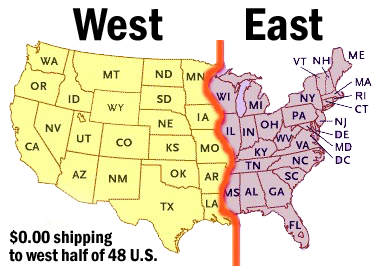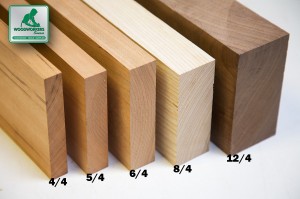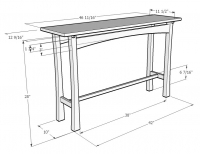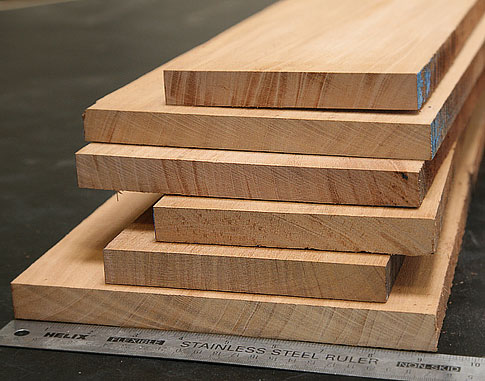Maple Soft Hardwood Sample (1/2"x3"x6")

$8.00 ea.
48 U.S. Ground Service
Online Exclusive!
Only available online. For in-store purchase check out this similar product instead.Maple Soft Hardwood Sample (1/2"x3"x6")
Get your hands on a wood you've never tried before! It's simple. Samples are milled on all sides to the standard size of 1/2'' X 3'' X 6'', as determined by The International Wood Collectors Society, and include the shipping cost within the 48 U.S. Each one is labeled with the botanical and common names. Use these to test finishes and stains, to compare color and grain characteristics, etc.
Why Choose Soft Maple?
Resembles Hard Maple being closed-grained but much softer. Easily worked. Turns and planes well. Does not require fillers to achieve a glass smooth finish. Accepts finish and paint wellWhat Size Is This?
| Thickness | 1/2" (≈ 1/2" approx) |
| Width | 3" |
| Length | 6" |
| Grade | Samples are milled on all sides, cut square and sanded; wood is a product of nature with inconsistencies from piece to piece. Use species samples as a guide, not a perfect representation. |
Woodworkers Also Recommend These
2.63
lbs /Bd. Ft.Wood Texture
Ease of Finishing
Cream white to reddish brown.
A popular, fast growing decorative tree. Matures to about 60-90 feet in height and 30" in diameter.
Carolina red maple, Drummond red maple, Maple, Red maple, Scarlet maple, Soft maple, Swamp maple, Water maple
Furniture, cabinets, a good general purpose hardwood
Understanding hardwood lumber starts right here with these wacky fractions.
If you're expecting perfect clear lumber 100% of the time, you're in for a surprise. Here's a summary of the hardwood lumber grades and what to expect from them.
Board feet isn't your everyday kind of math, but these three simple steps make it easy to figure out your project.
Here's a handy (and free) Excel worksheet that helps you estimate the lumber needs for your project.
Are woods poisonous? Hazardous to use in cutting boards or baby cribs? Find out here.
Wood is like a sponge, and it's always in a state of absorbing or releasing moisture to stay equalized with its environment. The problem with that is it also swells and shrinks. Here's what you need to know to protect your project.
















